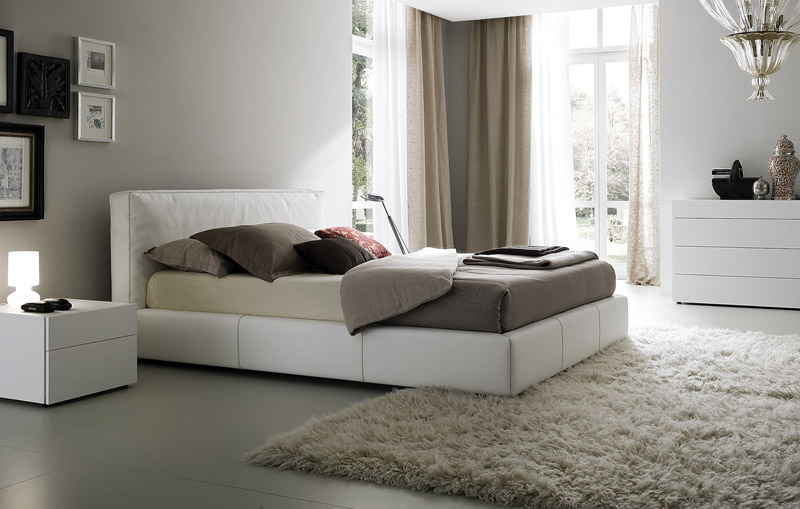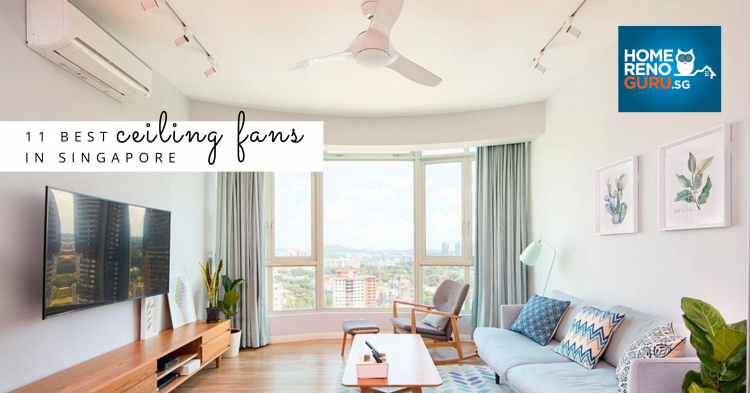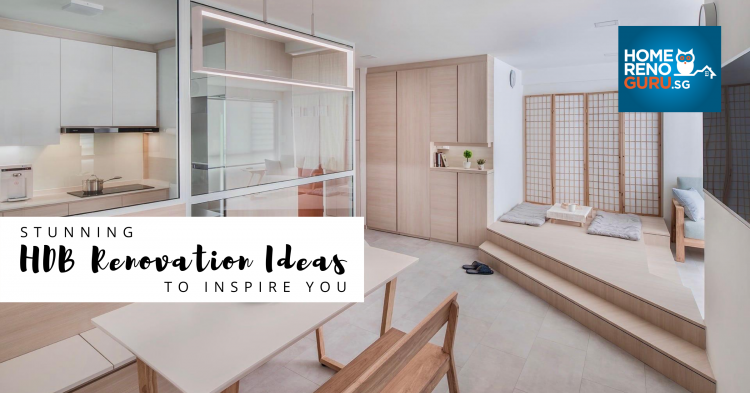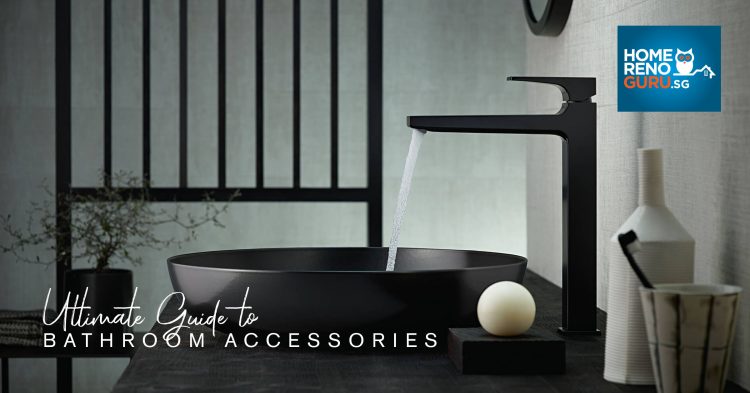
Bedrooms are the least “standardised” rooms.
The parameters for a bedroom depend on individual needs. Before designers can begin, they will need detailed information about the inhabitants. A bedroom for a single adult male is very different from that of a child’s, or a married couple’s. The only general rules are that a bedroom be soothing, comfortable, and a place of sanctuary.
Wall Decorations
Most bedroom walls are kept plain. The main reason is to create a sense of relaxation. Patterns on a wall, however beautiful, tend to excite and create interest rather than putting someone at rest. Most adults prefer subtle walls for bedrooms, with at least one wall kept completely plain.
The same isn’t true for young children. Some of us may remember “counting” wallpaper patterns as children. This activity, far from keeping children awake, often lulls them to sleep. Likewise, interesting wall designs create an upbeat, engaging environment for young children. Adults don’t respond as well to patterned walls, often feeling that it clutters or cramps the room. Certain colours, such as violet or purple, also affect the two differently. Many children find purple hues to be attractive, and just as many adults find them garish.
Any variant to the guidelines, when dealing with young children, is the use of themes. A child’s room can afford to be more engaging and flamboyant, and not as “floaty” as the tired working adult’s. That makes theme rooms a viable idea for children. Science-fiction, jungle, or magic themes can be fun. However, avoid something too specific (e.g. a favourite cartoon character). A theme that’s based on a fad gets tired fast.
Wall Colours
When picking colours for an adult’s room, it’s easy to fall into the monotony trap. Surreal and relaxing colours are great, but accent shouldn’t be neglected. A single wall, painted in a bold colour, can liven up a room without affecting the peace. A splash of red, especially in a modern black-and-white scheme, can inject warmth and vibrancy.
Bed Size
Most of the bedroom space is taken up by the bed. Few other rooms are as defined by a single piece of furniture, and the bed is the focal point of the whole area.
The size of the bed depends on the inhabitants. A couple will need at least a queen size bed, whereas some bachelors are happy with a single futon. The size of the room, along with its inhabitants, set the parameters. For bed sheets and pillows, every effort should be taken to match the room’s dominant colour.
Bed Positioning
When positioning the bed, consider the preferences of the inhabitants. Some people like being woken by a sunbeam falling across their face; others hate it. This will determine if blinds or curtains are best, and the most appropriate material. Between the two, curtains offer a more complete black-out. Note that many traditional styles, such as Victorian or Edwardian, don’t go well with blinds.
Storage Space
Storage space is the next major concern for a bedroom. A cluttered bedroom isn’t just unsightly; it’s also a health hazard. In order to maximise storage space, pick storage that goes upward instead of outward. Also prefer furniture that’s multifunctional. Use open shelves instead of cupboards, or beds with built-in storage. When picking a dresser, choose one with sliding doors, instead of one that opens outward. For children’s rooms, consider a double-decker instead of twin beds (assuming they are okay to climb).
——–
Cover photo courtesy of bedroompedia.com







